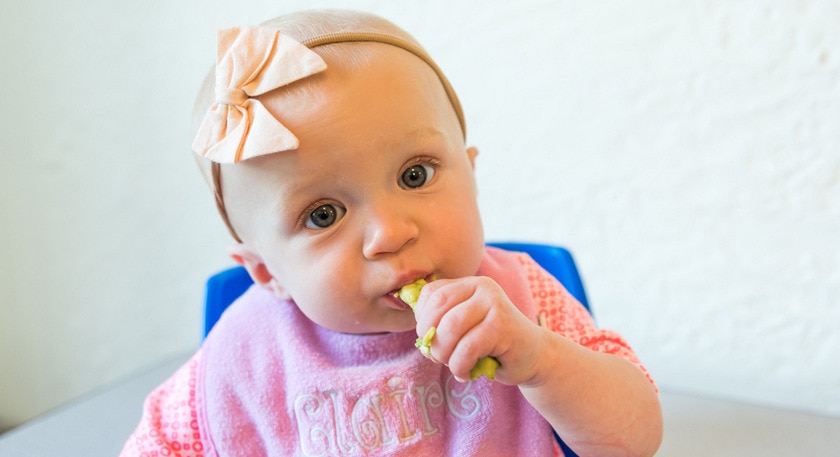
As with all fruits and vegetables, wash avocados before cutting. Check out our tips for how to choose and use California Avocados
Did you know that avocados make a great first baby food? The texture, the taste, and the incredible nutrient profile are perfectly ripe for little hands and mouths just starting out on solid foods!
MEETING NUTRITION NEEDS
Breastmilk and/or infant formula is just fine for providing all the nutrition your baby needs up until six months of life. At the six-month mark though, healthy babies need to start being introduced to complementary foods. Complementary foods are those other than breastmilk or infant formula that provide nutrients. Babies should continue receiving breast milk or formula during this complementary feeding period with amounts gradually reduced as solid food intake increases. They will still get much of their nutrition from breastmilk or formula for the rest of their first year of life; but, these new foods help a baby learn how to eat and, also provide valuable nutrients during this period of incredible growth, as an infant usually triples their body weight between birth and their first birthday.
MORE BANG FOR YOUR BITE
From a nutrition standpoint, avocados make so much sense as a first food. They are one of the few foods that provide a lot of “bang-for-your-bite.” That’s because avocados contain nearly 20 vitamins and minerals and they are one of the few fruits that are packed with good fats that help with babies’ brain development.* Healthy avocados can be introduced in the early feeding stages as a sugar-free fruit option that may prevent an early preference for sweet foods, which may influence eating behavior over time.
The Academy of Nutrition and Dietetics says that complementary foods should be “rich in energy, protein, iron and zinc,” and some of the plant-based options they recommend include “hummus, tofu, well-cooked legumes and mashed avocado.”
FLAVOR AND TEXTURE
Flavors and textures play an important role in a baby’s transition to solid foods. Avocados are a neutral-flavored food and a ripe avocado is a great texture for a baby just starting out learning how to eat.
HOW TO SERVE AVOCADO TO YOUR BABY
A healthy baby who is six months old, can sit on his or her own relatively unassisted and who is exhibiting an interest in food and other signs of readiness-to-eat is perfectly capable of handling slices of ripe avocado.
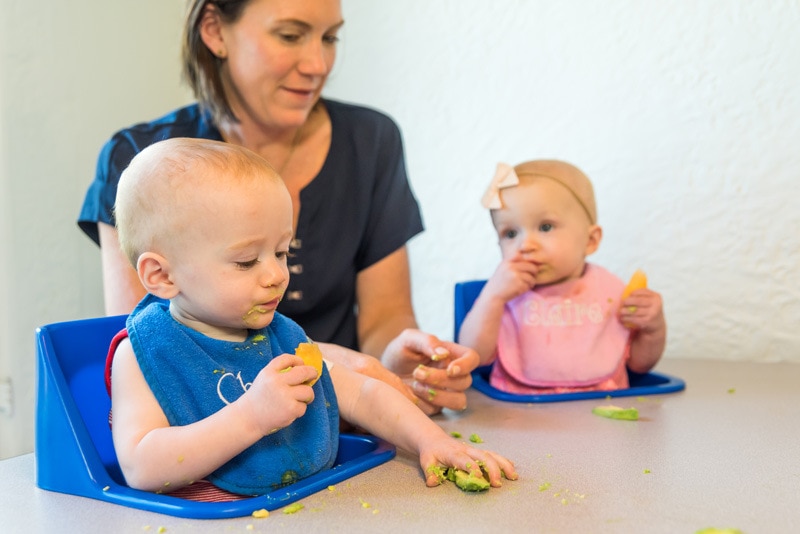
Try offering a few slices on the high chair tray and see how your baby reacts. This first reaction will be to explore, experiment and play around with the food ─ getting most of it anywhere but in his mouth! And that’s ok, since the process of introducing complementary foods is as much about HOW we feed as it is WHAT we feed. Allowing the baby to try to pick up the avocado, to feel it and put it in his mouth is an important part of learning to eat.
If you are spoon-feeding your baby, you can mash avocado and offer it by spoon. For older infants, another great way to offer avocado is to spread it on whole grain toast or low sodium rice cakes.
And don’t worry if your baby doesn’t eat a lot! Babies have small stomachs and don’t need to eat a lot of food at one time. The American Academy of Pediatrics reminds parents that a six-month-old baby may only eat 3-4 tablespoons of food at a time. So don’t worry if most of the avocado that you offer ends up on the floor!
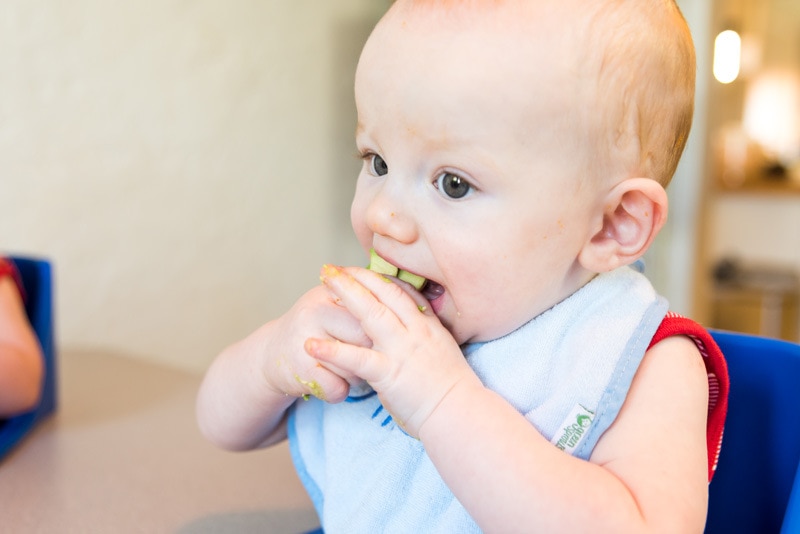
PERSISTENCE PAYS OFF
You may have to offer a food to a baby 10-15 times before he or she accepts it. The problem is many parents and caregivers stop after two or three tries. Persistence pays off when it comes to introducing complementary foods. Give your baby a LOT of opportunities to try a variety of foods. Research shows that babies who are exposed to the greatest number of foods in the first year of life are less likely to be picky eaters later when they are toddlers.
*Before starting or introducing new foods, parents/caregivers should consult a physician or health care provider
Citations & Bibliography
American Academy of Pediatrics. (2017). Infant Food and Feeding. Retrieved March 1, 2017, from American Academy of Pediatrics.
American Academy of Pediatrics. (2011). Nutrition: What Every Parents Needs to Know. Elk Grove Village, IL: American Academy of Pediatrics.
Comerford, K., Ayoob, K., Murray, R., & Atkinson, S. (2016). The Role of Avocados in Complementary and Transitional Feeding. Nutrients, 8 (5), 316.
Kathy, C. (2010). Complementary feeding for infants 6 to 12 months. J Fam. Health Care , 20, 20-23.
Mallan, K., Fildes, A., Margarey, A., & Daniels, L. (2016). The Relationship between Number of Fruits, Vegetables, and Noncore Foods Tried at Age 14 Months and Food Preferences, Dietary Intake Patterns, Fussy Eating Behavior, and Weight Status at Age 3.7 Years. J Acad Nutr Diet , 116 (4), 630-7.
Melina, V., Craig, W., & Levin, S. (2016). Position of the Academy of Nutrition and Dietetics: Vegetarian Diets. J Acad Nutr Diet , 116 (12), 1970-1980.
Picciano, M., Smiciklas-Wright, H., Birch, L., Mitchell, D., Murray-Kolb, L., & McConahy, K. (2000). Nutritional Guidance Is Needed During Dietary Transition in Early Childhood. . Pediatrics , 106, 109-114.
Ventura, A., & Worobey, J. (2013, 23 R401-R408). Early influences on the development of food preferences. Curr Biol.
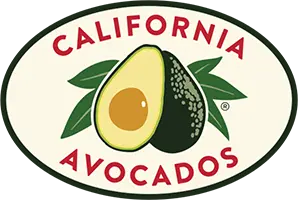
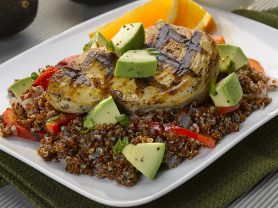
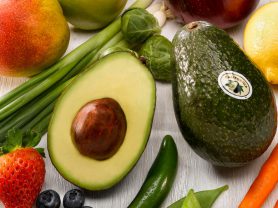
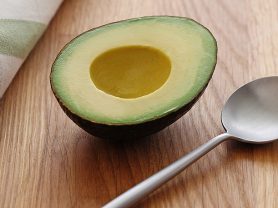
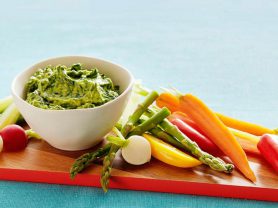
Comments